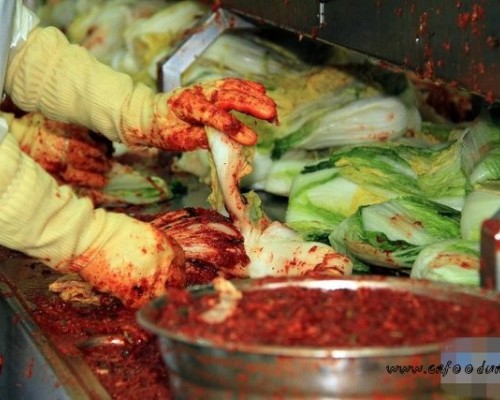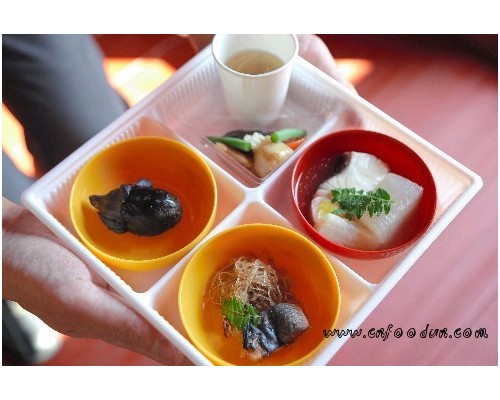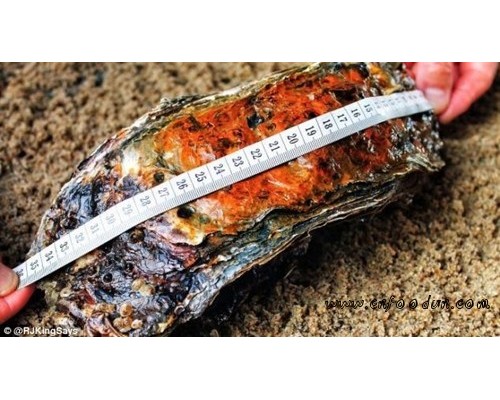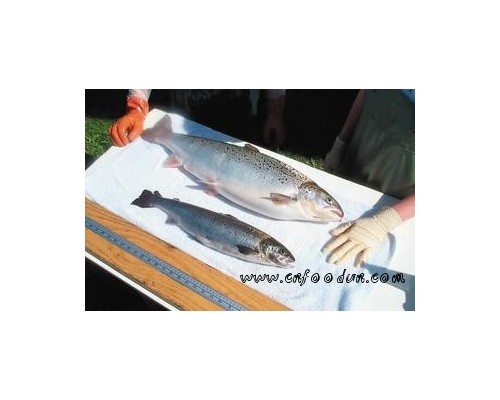食品伙伴网报道,据美国食品安全新闻网消息,普杜大学的一位食品科学研究院已提出了一种使用红外光谱的方法,可用来检测和区分大肠杆菌的不同菌株,并且这种方法比现有的方法更加快速。

普杜大学的食品科学副教授Lisa Mauer说,这种新方法可以区分不同的大肠杆菌菌株,包括 O157:H7 型菌株和非 O157:H7 型菌株,而这些菌株属于致病菌。
而这种检测方法使美国农业部食品安全及检验服务针对除了被称为“杂菌”的O157:H7型大肠杆菌之外的六种其他类型的大肠杆菌菌株的这一做法更为容易。这些非 O157:H7型菌株包括:026, 045, 0111, 0121, 0145以及0103型。
只有O157:H7型大肠杆菌菌株一般被视作食物中的“杂菌”,虽然其他六种菌株更为稀有,但它们会有37000起感染病例,以及30起致死病例。
这种使用傅里叶变换红外光谱方法与需要在实验室中培养48小时细胞的传统方法相比,培养时间为6小时,检测时间大约是1小时。甚至即使牛肉中存在其他细菌,我们仍然可以检测并区分不同的大肠杆菌菌株。
研究者称,从牛肉表面获得细菌有2种方法:一种是抗体捕获法,该方法细菌附着在磁珠抗体上,大约4小时可出结果;第二种方法是过滤法,大约1小时可出结果。
该方法甚至可以区分死菌和活菌,因为能量不被吸收而被反射回来时,可得出这种结论。而这一性能是目前的此类检测方法无法做到的。
据悉,该方法之前被用于检测食品中的三聚氰胺。
原文报道:
Purdue Scientist Develops Fast, Smart E. coli Test
BY DAN FLYNN | SEP 01, 2010Somebody may need to send a memo to J. Patrick Boyle at the American Meat Institute. That rapid analytical test for non-O157: H7 Shiga toxin-producing E. coli (STEC) that AMI said just a couple of weeks ago was not available may now be available.
A food science researcher at Purdue University has come up with an infrared spectroscopy that can detect and differentiate between E coli strains and do it faster than existing methods.
Lisa Mauer, associate professor of food science at Purdue, says the new method can differentiate between different E. coli strains, including O157:H7 and the non-O157 varieties that can also make people sick.
Such a test makes it more likely that the U.S. Department of Agriculture's Food Safety & Inspection Service will classify six other E. coli strains in addition to O157:H7 as "adulterants". These STECs include 026, 045, 0111, 0121, 0145, and 0103.
Only E. coli O157:H7 is currently defined as an "adulterant" in food. While the other six strains are more rare, they kill 30 people a year and infect about 37,000.
"A faster test method enables a faster distribution chain to get fresher product to consumers and/or faster response to an outbreak or suspected case of product contamination," Mauer told Food Safety News.
In a letter to Secretary of Agriculture Tom Vilsack, the Meat Institute's Boyle threw several roadblocks in front of making the non-O157 E. coli strains adulterants, but the main one was testing.
"At the present time, no relevant, validated, FSIS-accepted, rapid analytical test for non-O157:H7 STECs is commercially available," Boyle wrote. "It is important to acknowledge that due to the limited time perishable beef products can be held and the logistics of holding products for several days pending cultural confirmation that non-O157:H7 STECs are present, a viable, rapid screening test is needed to make product dispositions.
"Therefore, an accurate, validated, rapid analytical test must be available to the industry to effectively implement any regulatory program that would make it illegal to enter product containing non-O157:H7 STECs into commerce."
But Mauer's test can detect E coli strains in about an hour using "Fourier transform infrared spectroscopy," a big improvement over the 48 hours required for conventional plating technology with its need to culture cells in a laboratory.
"Even with all the other bacteria present in ground beef, we could still detect E. coli and recognize different strains," she said. Her findings, based on work funded by USDA's Agricultural Research Service and the Purdue Center for Food Safety Engineering, were published the August issue of the Journal of Food Science.
Mauer demonstrated two methods for separating bacteria from ground beef for testing. An antibody-capture method, which binds bacteria to antibodies attached to magnetic beads, gave results in about four hours. A filtration method achieved results in about an hour.
Infrared spectroscopy could detect as little as 1 E. coli cell if the bacteria were cultured for six hours. Conventional plating techniques used for E. coli require culturing cells for 48 hours.
Mauer said E. coli has a specific infrared spectrum that can be read with a Fourier transform infrared spectrometer. Infrared light is passed over the sample. The spectrometer reads the spectrum created by the combination of energy that has been absorbed and energy that has been reflected back.
"Energy is only absorbed by certain components of the sample," she said. "If that component or bacteria isn't there, the energy is reflected back."
Mauer's method can also differentiate between living and dead E. coli cells, which is something current testing cannot do.
"If the cells are dead, they are not harmful," she said. "But the presence of that dead population could tell you something about the quality of the product."
About 70,000 Americans annually fall victim to E. coli O157:H7. They suffer from stomach cramps, diarrhea, and vomiting, and sometimes develop life-threatening complications like hemolytic uremic syndrome, or HUS.
The Purdue University researcher previously used the technology to detect melamine in food. "FR-IR spectroscopy has many potential applications for food safety," she told Food Safety News.
FSIS has not yet acted on a petition asking for non-O157 E. coli strains to be classified as adulterants. Food safety attorney William Marler filed the petition on behalf of victims of non-O157 E. coli strains.
原文地址:http://www.foodsafetynews.com/2010/09/perdues-mauer-develops-fast-smart-e-coli-test/







